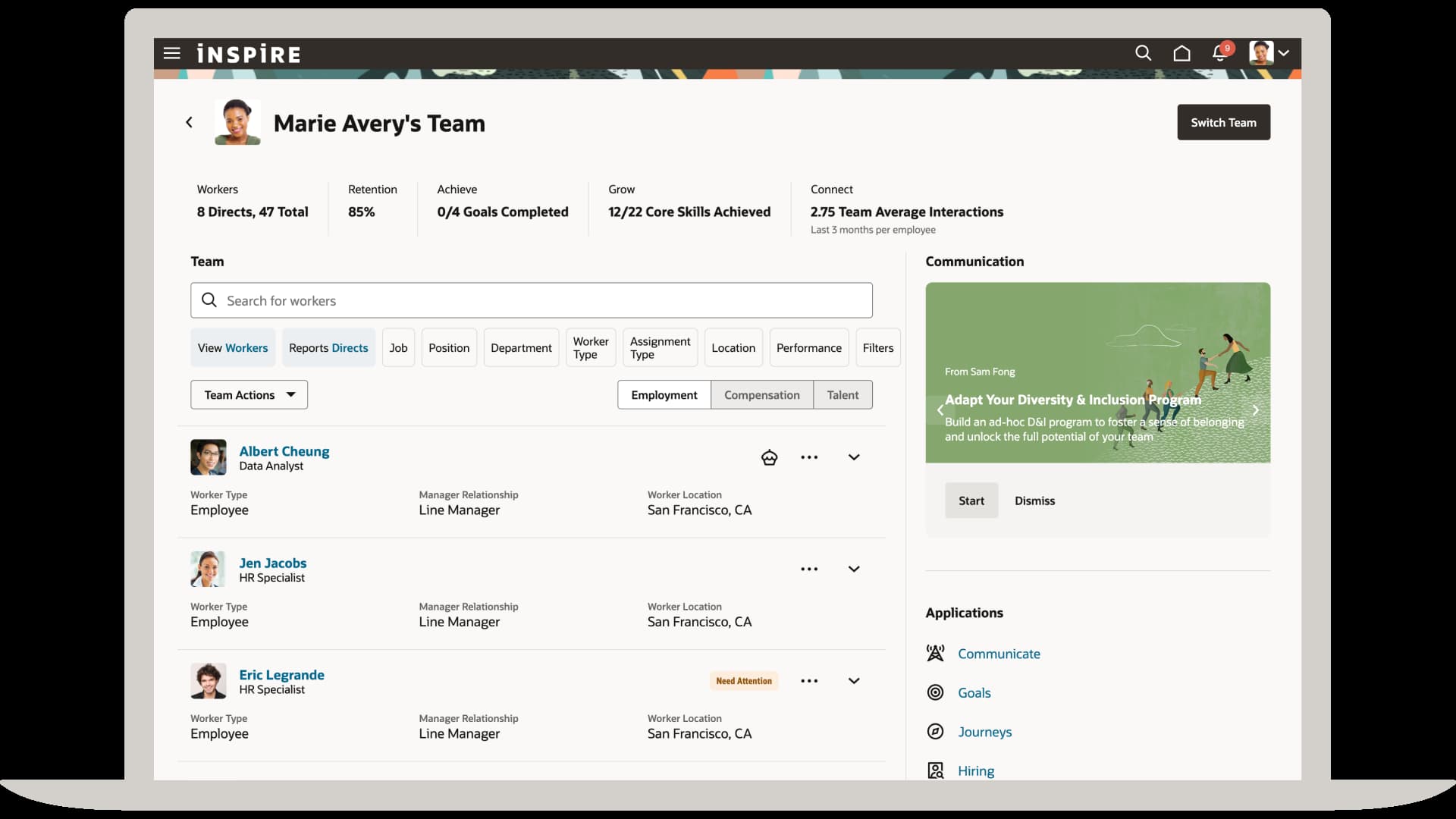The July 2024 global IT outage caused by a defect in CrowdStrike software has been characterized as one of the largest IT disruptions globally. The problem originated from a quality-control bug related to Microsoft Windows, which allowed a flawed update to be pushed to users’ devices. According to reports from Microsoft, the snag affected 8.5 million devices, which amounts to fewer than one percent of all Windows machines.
As the headlines continue to remind us, this incident has caused widespread disruptions across various industries, particularly in air travel, banking and government organizations. Major companies and services have reported operational challenges due to the IT failure linked to CrowdStrike’s update. And that’s not all: When it happened, there were concerns that the CrowdStrike outage could have affected payroll workflows.
Some payroll processes slowed by CrowdStrike outage

Because the outage affected employees’ ability to log into their workspaces, payroll processing was at risk for teams that relied on single access points—more common in smaller companies, according to Fran Williams, senior product director of payroll and managed services at UK-based IRIS Software Group.
“While employee pay was impacted minimally, as payroll processing generally occurs a few days before payday, the real challenge was that employees and HR professionals were locked out of their computers,” says Williams, whose company serves clients worldwide.
He said that organizations running Windows-based time entry systems were particularly disadvantaged. “This scenario makes it difficult to input hours and process payroll on time, leading to potential delays in employee payments.”
Can HR tech protect against software outages?
In contrast, larger cloud-hosted companies typically have disaster recovery plans and backed-up data stored across multiple server clouds worldwide. Williams says that these conditions ensure faster recovery times to avoid costly interruptions. He also confirms that those processing payroll monthly were less affected than those with weekly or biweekly payroll schedules.
In a recent post, payroll management tool CloudPay reported: “Even though we haven’t yet been affected, this incident highlights the importance of diversifying operating systems within an organization’s technology stack.” According to CloudPay, diversification can mitigate the risk if a single platform becomes vulnerable.
Williams says that HR leaders should weigh the cost of investing in resources or technology against the risk of not paying employees. On-premises solutions aren’t inherently safer, he says, because they require an internet connection for license authentication, payment submissions and logging in. Without the cloud’s continuous updates and backups, on-premises systems can be more vulnerable to disruptions and data loss.
How HR leaders can prep for tech disruption
This situation underscores the vulnerabilities in IT and HR tech infrastructure that can simultaneously affect multiple sectors anywhere in the world. Williams says that HR leaders should use this close call to educate their team on how to handle IT incidents that can reduce downtime and maintain operational continuity. “It is crucial to lock arms with internal IT teams, support teams and payroll providers to gather updates and communicate regular status updates,” he advises.
Williams suggests that human resource execs have a proactive plan that includes clear communication strategies and defined roles and responsibilities during outages. “This planning can help ensure that systems are in place to back up data in an orderly fashion while securely storing any manually processed data for future input,” he says.
Williams also recommends these best practices:
- Review the payroll process end-to-end. Document each step, people involved and related technology.
- Discuss with colleagues how the process would function if one or more of these elements were unavailable.
- Consider increasing resilience or contingency with people, processes or technology in various scenarios.

HR tech in action
- Oracle announced new user experience capabilities within Oracle Fusion Cloud HCM. The Oracle Activity Centers are designed to help employees and managers boost productivity. The company also introduced Direct Apply as a new Oracle Fusion Cloud Recruiting category, with talent marketplace partnerships with LinkedIn, Indeed, Vivian and Bayt.
- ServiceNow Inc. announced that President CJ Desai is departing from the company following an internal investigation that revealed policy violations connected to a government contract and the hiring of a former US Army official.
- According to Cengage Group’s 2024 Graduate Employability Report, 70% of graduates believe basic gen AI training should be integrated into courses, and 69% feel they need more training to work alongside new technologies in their current roles.
- A new nationwide survey from DailyPay found that employers that offer the service view earned wage access as a critical financial wellness benefit. Sixty-seven percent said earned wage access has the greatest day-to-day impact on employees.
More from Human Resource Executive
HR Tech keynote announced: Charlene Li, best-selling author and expert on digital transformation, will speak about the impact of generative AI on HR and HR technology. Explore how to align AI initiatives with business objectives, establish an AI Center of Excellence and ethically lead your organization through transformation. Register here.
ServiceNow predicts that CHROs and CIOs will form the new “power duo.” In digitally advanced organizations, 62% of HR innovators collaborate with CIOs to support innovation. Beginner organizations aren’t that far off, with half reporting that CHROs and CIOs work in tandem, a show of enthusiasm at every level for the potential of this dynamic.
UKG is reducing its headcount by about 2,100 people, or 14% of its 15,000 employees. In a recent blog post, Josh Bersin calls this a “growth move that makes sense.” According to Bersin, the company plans to increase investments in AI, customer success, branding and mid-market business, which he describes as a “redeployment of resources” to new strategic areas.
HR professionals: Register for HR Tech with my code JOINME24 for a FREE Expo Pass or to save $150 on your All-Access or Basic Pass as an HR Leader.
The post CrowdStrike, payroll and HR systems: Important lessons from a close call appeared first on HR Executive.